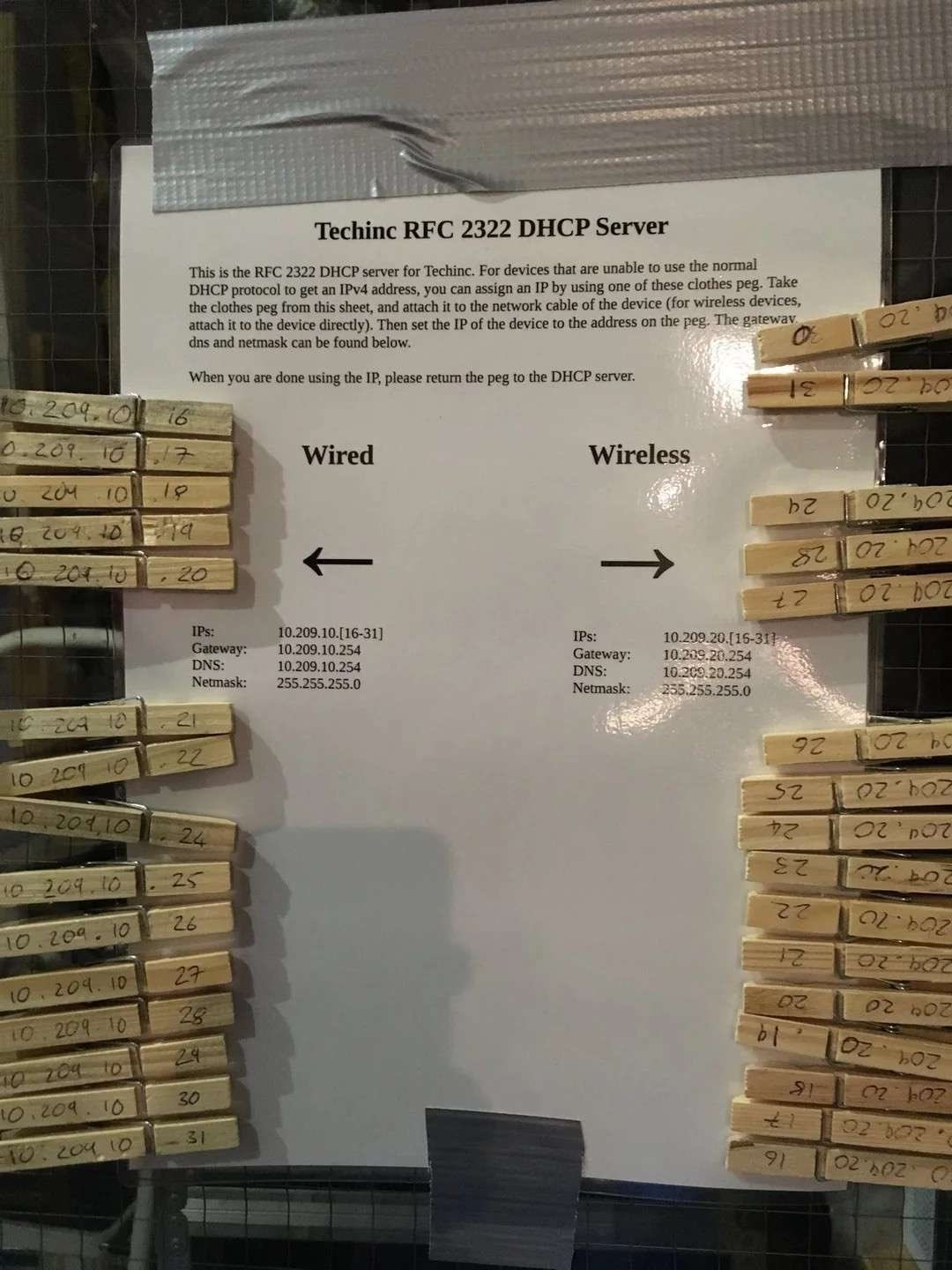this post was submitted on 04 Apr 2024
723 points (100.0% liked)
Technology
37724 readers
475 users here now
A nice place to discuss rumors, happenings, innovations, and challenges in the technology sphere. We also welcome discussions on the intersections of technology and society. If it’s technological news or discussion of technology, it probably belongs here.
Remember the overriding ethos on Beehaw: Be(e) Nice. Each user you encounter here is a person, and should be treated with kindness (even if they’re wrong, or use a Linux distro you don’t like). Personal attacks will not be tolerated.
Subcommunities on Beehaw:
This community's icon was made by Aaron Schneider, under the CC-BY-NC-SA 4.0 license.
founded 2 years ago
MODERATORS
you are viewing a single comment's thread
view the rest of the comments
view the rest of the comments

Need I go on? This is clearly the future. Friendship ENDED with Network Hardware now PEG is my best friend.
I want to criticize this but I have multiple production environments with no DHCP and the process for provisioning new servers is basically "Guess an ipv4 address and if you pick one that's already in use the build will fail and you can guess again."
This is arguably better which is a little embarrassing.
Totally OK way of doing it. You basically manually implemented the protocol APIPA uses to allocate 169.254 addresses.
Have you never just run an nmap of the whole network and made a list of ip addresses that are occupied?
You could, but that information gets stale pretty quickly and is tricky to do with the ACLs.
ah yes the good old "gonna use manual addressing because lmao" and then the good old "man i wonder which IP sets i have used already"
my beloved.
If the paper falls down it's literal downtime though!
But the server is still operational, it's just moved.
My only argument is in the idea of finding which device has a particular IP address.
Guess you're running laps around the campus staring at pegs for a while to figure out which one it is.